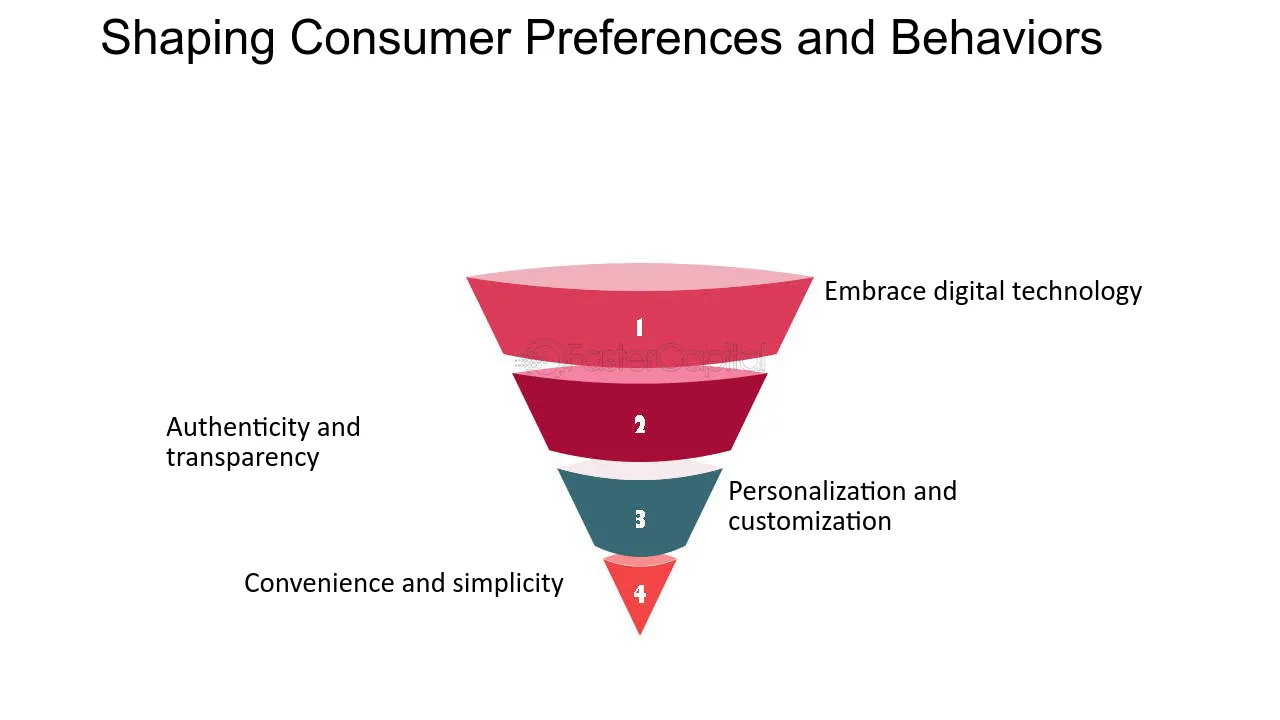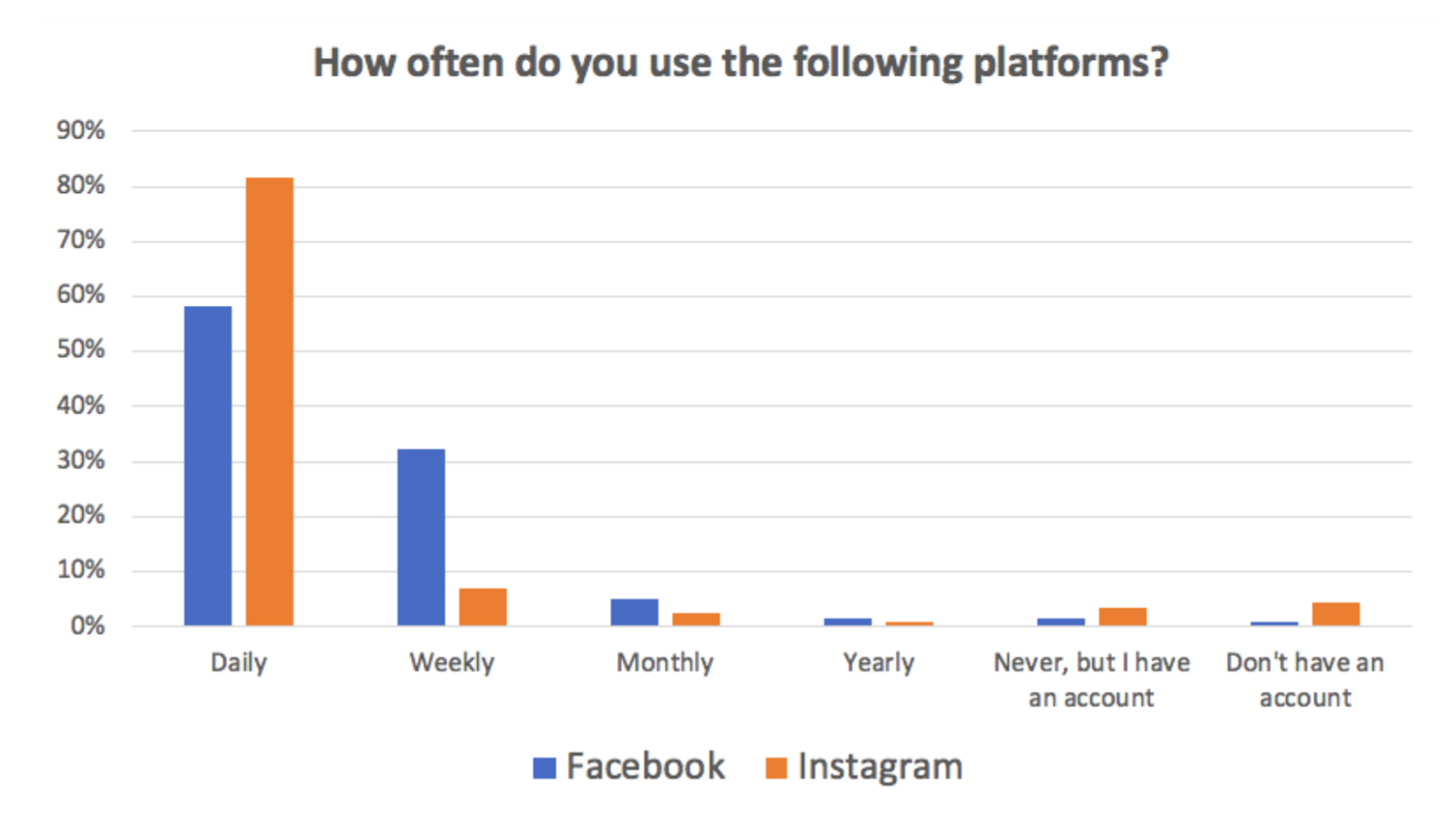
Why Facebook Is Dying? Once the undisputed king of social media, stands on the precipice of obsolescence, its once-unassailable dominance gradually crumbling beneath the weight of mounting challenges. The platform's allure, once a potent magnet drawing millions to its digital embrace, has waned, replaced by a growing sense of apathy and disengagement. This exodus of users, far from a mere fluctuation in user behavior, is a stark indicator of deeper-seated issues that threaten to bring down the once-mighty empire.
While Facebook's initial success was predicated on its ability to facilitate genuine connections and foster meaningful relationships, its subsequent focus on sensationalism, curated content, and algorithmic manipulation has alienated a significant portion of its user base, particularly younger generations. The platform's prioritization of engagement over authenticity has resulted in a proliferation of low-quality content, echo chambers of misinformation, and a pervasive sense of negativity that has driven many users away.
Shifting User Demographics And Preferences

User demographics and preferences are constantly shifting, and it plays an important role in Facebook dying, shaping the way we interact with technology and the services it provides. Understanding these trends is crucial for businesses and organizations to adapt their strategies, effectively engage their target audience, and remain competitive in the market.
One of the most significant demographic shifts is the growing prevalence of mobile internet users. With smartphones and tablets becoming ubiquitous, users are increasingly accessing the internet and consuming content on the go. This trend has led to a rise in mobile-optimized websites and applications, as well as a shift in marketing strategies that focus on reaching users through mobile channels.
Another demographic shift to consider is the aging population. As the baby boomer generation continues to age, their online behavior and preferences are evolving. They are increasingly using technology to stay connected with loved ones, access information, and manage their lives. Businesses and organizations need to tailor their offerings and marketing strategies to cater to this growing demographic.
User preferences are also undergoing significant changes. Consumers are becoming more discerning and demanding, seeking personalized and relevant experiences. They expect seamless interactions across devices and platforms, and they are increasingly valuing privacy and data security. Businesses must adapt their offerings and communication strategies to meet these evolving expectations.
The rise of social media has also transformed user preferences and behavior. Social media platforms have become primary sources of information, news, and entertainment, influencing consumer decisions and shaping brand perceptions. Businesses need to actively engage on social media platforms to connect with their audience, build relationships, and manage their brand reputation.
Privacy Concerns And Data Breaches
Privacy concerns and data breaches have become increasingly prevalent in today's digital age, raising a significant alarm for individuals and organizations alike. As we entrust our personal information to various online platforms and service providers, the potential for data breaches and privacy violations looms large, posing a threat to our personal identities, financial security, and overall well-being.
Data breaches occur when unauthorized individuals gain access to sensitive personal information, such as Social Security numbers, credit card details, or healthcare records. These breaches can have devastating consequences for individuals, potentially leading to identity theft, financial fraud, and reputational damage.
Privacy concerns stem from the vast amount of personal data collected by organizations, often without our full knowledge or consent. This data can be used for various purposes, including targeted advertising, personalized recommendations, and even surveillance. The lack of transparency and control over how our data is collected, used, and shared raises concerns about individual privacy and the potential for misuse.
Addressing privacy concerns and mitigating data breach risks requires a multi-pronged approach. Individuals should be vigilant in protecting their personal information, using strong passwords, avoiding phishing scams, and carefully scrutinizing the privacy policies of the apps and websites they use.
Organizations, on the other hand, bear a significant responsibility for safeguarding their customers' data. They must implement robust cybersecurity measures, including encryption, access controls, and regular security audits, to prevent unauthorized access. Additionally, organizations should be transparent about their data practices, clearly communicating how they collect, use, and share customer data.
Governments also play a crucial role in protecting privacy and addressing data breach risks. Strong data protection laws and regulations can provide a framework for organizations to handle personal data responsibly. Additionally, governments can support public awareness campaigns and empower individuals to take control of their online privacy.
Algorithm - Driven Content And Information Echo Chambers
Echo chambers can have detrimental effects on individual and societal well-being. By limiting exposure to diverse viewpoints, they can foster polarization, hinder critical thinking, and contribute to the spread of misinformation. Additionally, echo chambers can exacerbate social divisions and hinder constructive dialogue.
To address the issue of echo chambers, it is essential to understand the underlying mechanisms that drive them. Algorithms, while often designed with good intentions, can perpetuate biases through data selection and filtering methods. Moreover, individuals tend to seek out and engage with information that aligns with their existing beliefs, further reinforcing the echo chamber effect.
Overcoming echo chambers requires a multi-faceted approach. Algorithmic transparency is crucial, allowing users to understand the factors influencing the content they see. Additionally, promoting media literacy and critical thinking skills can empower individuals to evaluate information sources and identify potential biases.
Encouraging exposure to diverse viewpoints is essential to breaking out of echo chambers. This can be achieved through educational initiatives, exposure to different cultures and perspectives, and engagement with diverse media sources.
Algorithm-driven content and information echo chambers pose a significant challenge to informed and inclusive discourse. By understanding the mechanisms that drive echo chambers and implementing strategies to promote diverse viewpoints and critical thinking, we can foster a more open and informed society.
Oversaturation Of Advertising And Promotional Content
The modern world is awash with advertising and promotional content. From billboards and television commercials to social media adsand targeted emails, consumers are constantly bombarded with marketing messages. This oversaturation of advertising can have a number of negative consequences, including:
Reduced Effectiveness
When consumers are exposed to too much advertising, they become less likely to pay attention to any individual ad. This is because the brain becomes overwhelmed and starts to filter out information that it deems irrelevant. As a result, advertisers have to spend more moneyto reach the same number of people, and the overall effectiveness of advertising decreases.
Consumer Fatigue
Consumers are increasingly frustrated with the constant barrage of advertising. They feel like they are being constantly bombarded with messages that they don't want or need. This can lead to consumer fatigue, where people become apathetic and unresponsive to advertising altogether.
Negative Brand Perception
If a brand is seen as over-advertising, it can damage its reputation. Consumers may view the brand as intrusive, annoying, or even untrustworthy. This can lead to a decline in sales and brand loyalty.
In addition to these negative consequences, the oversaturation of advertising can also have a number of societal impacts. For example, it can contribute to:
Materialism
Advertising often promotes a materialistic lifestyle, suggesting that happiness and success can be achieved through the acquisition of goods and services. This can lead to people feeling dissatisfied with their lives and constantly striving to buy more things.
Social Inequality
Advertising often targets different groups of people with different messages. This can reinforce existing social and economic inequalities.
Environmental Impact
The production and distribution of advertising materials can have a significant environmental impact.
To address the problem of oversaturation in advertising, a number of changes need to be made. Advertisers need to be more mindful of the amount of advertising that they produce and the way that they target consumers.
Lack Of Innovation And Stagnation In User Experience
The lack of innovationand stagnation in user experience(UX) is a growing concern among businesses and users alike. In today's fast-paced and ever-evolving digital landscape, it is crucial for businesses to continuously innovate and improve their UX to stay ahead of the competition and meet the ever-changing needs of their users.
There are several factors that contribute to the lack of innovation in UX. One factor is the increasing focus on efficiency and cost-cutting measures. Businesses often prioritize short-term gains over long-term investments in UX, leading to outdated and unintuitive designs. Additionally, many businesses lack the resources or expertise to create truly innovative UX.
The consequences of stagnation in UX can be significant. Poor UX can lead to user frustration, decreased engagement, and ultimately, lost business. In today's competitive market, businesses that fail to innovate their UX risk losing users to competitors who offer a more user-friendly and engaging experience.
Image Of A Person Struggling To Use A Website
To address the lack of innovation in UX, businesses need to adopt a more user-centric approach. This means putting the needs of the user first and designing products and services that are easy to use, understand, and enjoy. Businesses should also invest in UX research and testing to identify and address usability issues before they impact users.
In addition to adopting a user-centric approach, businesses can also foster innovation in UX by:
Staying Up-to-date With The Latest UX Trends
Businesses should stay up-to-date with the latest UX trends and technologies to ensure that their products and services are always at the forefront of innovation.
Hiring Experienced UX Professionals
Businesses should invest in hiring experienced UX professionals who have a proven track record of creating innovative and user-friendly designs.
Encouraging Experimentation And Risk-taking
Businesses should create an environment where employees feel comfortable experimenting with new ideas and approaches to UX.
Image Of A Group Of People Collaborating On A UX Design Project
By taking these steps, businesses can address the lack of innovation in UX and create products and services that deliver a truly exceptional user experience.
Competition From Emerging Social Media Platforms
The rise of emerging social media platforms has introduced a dynamic competitive landscape, challenging the dominance of established players like Facebook, Instagram, and Twitter. These new entrants offer unique features, diverse user bases, and innovative approaches to social interaction, attracting a growing audience and prompting established platforms to adapt and evolve.
One of the key factors driving the success of emerging social media platforms is their ability to cater to niche interests and communities. Platforms like TikTok, for instance, have gained popularity among Gen Z users due to their focus on short-form videos and creative expression. Similarly, Discordhas emerged as a hub for gamingcommunities, providing a space for text and voice chat among gamers.
Emerging platforms are also challenging the status quo by introducing innovative features and functionalities. Clubhouse, for example, pioneered audio-based social interactions, while BeReal emphasizes authenticity and spontaneity by limiting users to one post per day. These innovative approaches attract users seeking fresh and engaging social media experiences.
The competition from emerging platforms is forcing established social media giants to adapt and innovate. Facebook has introduced features like Reels and Stories to mimic TikTok's short-form video format, while Instagram has expanded its focus on video content and ephemeral messaging. These efforts reflect the growing recognition that established platforms need to stay ahead of the curve to maintain their user base and relevance.
Frequently Asked Questions
Is Facebook Losing Popularity 2023?
Facebook, number of daily active users worldwide 2011-2023During the third quarter of 2023, the number of daily active users on Facebook reached 2.08 billion, a minor increase on the previous quarter
Why Facebook Is Not Popular Anymore?
Privacy Concerns, With the advent of the Cambridge Analytica scandal and other privacy-related issues, people have become increasingly concerned about their data and how it is being used. This has led to a decrease in the number of people using Facebook
Why Facebook Lost Its Popularity?
Many users have left or reduced their use of the platform as a result. Spreading fake news and misinformation are among the things that Facebook has been criticized for. Despite Facebook's efforts, some users still perceive the platform as an unreliable source of information.
Are People Turning Away From Facebook?
The number of young Facebook users (aged between 12 to 34) rapidly declined by almost 20% in 2 years (Edison Research, 2019). This decline may be a significant indicator of the challenging future of Facebook.
Conclusion
Facebook's once-unassailable dominance in the social media realm stands at a crossroads, its future clouded by a growing sense of apathy and disengagement among its users. The platform's trajectory, once characterized by meteoric growth and unparalleled influence, now finds itself teetering on the brink of obsolescence, its allure fading amidst a sea of newer, more engaging alternatives.
The relentless pursuit of profit, a hallmark of Facebook's businessmodel, has eroded public trust, leaving users feeling exploited and disillusioned. A series of data breaches, privacy scandals, and controversies involving the misuse of user information have shattered the faith that once bound users to the platform. The perception that Facebook prioritizes profit over the well-being of its users has driven many away, seeking refuge in platforms that offer greater transparency and respect for their privacy.

